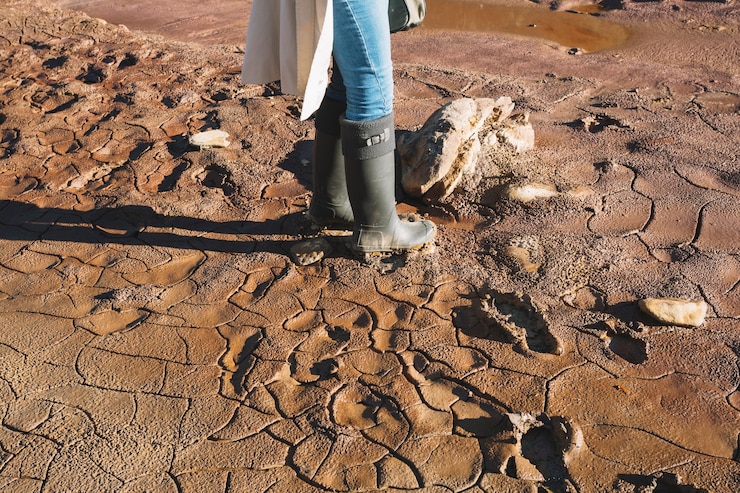Drought preparedness and water harvesting techniques are essential for farmers to mitigate the impact of water scarcity and ensure the sustainability of their farming practices. Here are some strategies and techniques that can help in drought preparedness and water harvesting in farming:
- Crop Selection: Farmers should choose drought-tolerant crop varieties that require less water and have better resilience to dry conditions. These crops can withstand water scarcity and still yield decent harvests.
- Efficient Irrigation Methods: Implementing efficient irrigation systems can help optimize water usage and reduce wastage. Techniques like drip irrigation, which delivers water directly to the plant’s root zone, can significantly minimize water loss through evaporation and runoff.
- Rainwater Harvesting: Collecting and storing rainwater is an effective water harvesting technique. Farmers can set up systems to capture rainwater from rooftops, fields, or other surfaces and store it in reservoirs or underground tanks. This water can be used during dry periods or for irrigation purposes.
- Conservation Tillage: Adopting conservation tillage practices such as no-till or minimum tillage helps retain moisture in the soil. By leaving crop residues on the field or minimizing soil disturbance, farmers can reduce evaporation, improve water infiltration, and enhance soil water-holding capacity.
- Mulching: Applying mulch (organic materials like straw, wood chips, or crop residues) on the soil surface helps conserve moisture. Mulch acts as a protective layer that reduces evaporation, suppresses weed growth, and maintains soil temperature, thereby conserving water for crop use.
- Soil Management: Enhancing soil health and structure is crucial for water retention. Practices like adding organic matter (compost or manure), improving soil structure through aeration, and avoiding soil compaction contribute to better water-holding capacity and root penetration.
- Efficient Water Storage and Distribution: Implementing efficient water storage and distribution systems, such as installing water tanks, ponds, or reservoirs, can help store and distribute water effectively during dry periods. Water can be allocated based on crop water requirements and conservation priorities.
- Crop Rotation and Cover Crops: Implementing crop rotation techniques and incorporating cover crops into the farming system helps improve soil health, reduce erosion, and enhance water retention. Deep-rooted cover crops can break up compacted soil layers, allowing better water infiltration.
- Monitoring and Precision Agriculture: Utilize technology and data-driven approaches to monitor soil moisture levels, weather patterns, and crop water requirements. Sensors, satellite imagery, and irrigation scheduling tools can aid in precise water management and prevent over-irrigation.
- Education and Training: Farmers should stay informed about the latest water management practices, attend workshops, and receive training on efficient irrigation techniques, water conservation, and drought-resistant farming methods.
It’s important to note that the suitability of specific techniques may vary depending on factors such as climate, soil type, crop type, and available resources. Local agricultural extension offices, water conservation agencies, and agricultural research institutions can provide valuable guidance and support tailored to the specific region or farming system.
Join 'Farmers Mag' WhatsApp Channel
Get the latest Farming news and tips delivered straight to your WhatsApp
CLICK HERE TO JOIN






